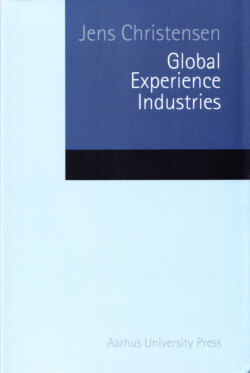Читать книгу Global Experience Industries - Jens Christensen - Страница 28
На сайте Литреса книга снята с продажи.
Travel Agencies and Online Distribution
ОглавлениеUntil recently, travel agencies have been the key intermediary between travel suppliers and consumers. However, the breakthrough of IT and in particular the Internet has allowed travel suppliers and consumers to interact directly, thus threatening the existence of the traditional travel agent.35 As a consequence, airlines, hotels and other suppliers are on the one hand invading the travel agent market, and on the other hand, consumers increasingly turn to independent travel. To meet the increasing competitive pressure of tourism suppliers and changing consumer behaviour, the travel agencies have responded by a radical move into online distribution and by widening their tourism services to include virtually all aspects of a travel.36 New online agencies are rapidly replacing the traditional agencies, or traditional agencies are upgrading to online distribution.
The online travel agencies are expanding immensely, first in the US, then in Western Europe, followed by Asia Pacific, Eastern Europe and Latin America. The Atlantic community remains the core of this business sector. In North America, Expedia, Sabre/Travelocity and Travelport/Orbitz quickly conquered a large share of the market. Expedia, Travelocity, Travelport/ebookers and Amadeus/Opodo took the lead in Western Europe. The online intermediaries expanded so rapidly that they began to overtake traditional agencies. By 2005 in the US, Expedia ranked three, behind the industry leaders based on business travel American Express Business Travel and Carlson Wagonlit Travel, and BCD Travel and Travelocity ranking four and five. By 2005, the global online travel market was an estimated $15 billion, probably half of all travel agencies’ revenues. Gross’ sales were up to five times higher. The largest market was the US, followed by Western Europe. Online developments in the United States were about two years ahead of Western Europe.
The new online intermediaries have mainly used two business strategies, the merchant model and dynamic packaging. In the merchant model, the intermediary receives an inventory of products and services from suppliers at negotiated rates. The online intermediary then determines the price of the final product and service by including costs and a profit. Dynamic packaging is the term for a user-centerd, cheaper and more flexible way of assembling and booking a personalised holiday through the Web. In other words, the Internet has allowed for a radical retransformation and recombination of all links in the travel value chain.
The breakthrough of online travel agencies and the upgrading of global distribution systems as well as the interrelated ownership and cooperation between the wholesale and retail level of travel intermediaries have led to a consolidation of this industry around a few distribution companies and their included online travel agencies. Within a few years since the turn of the millennium, they have come to dominate global travel distribution and sales.
